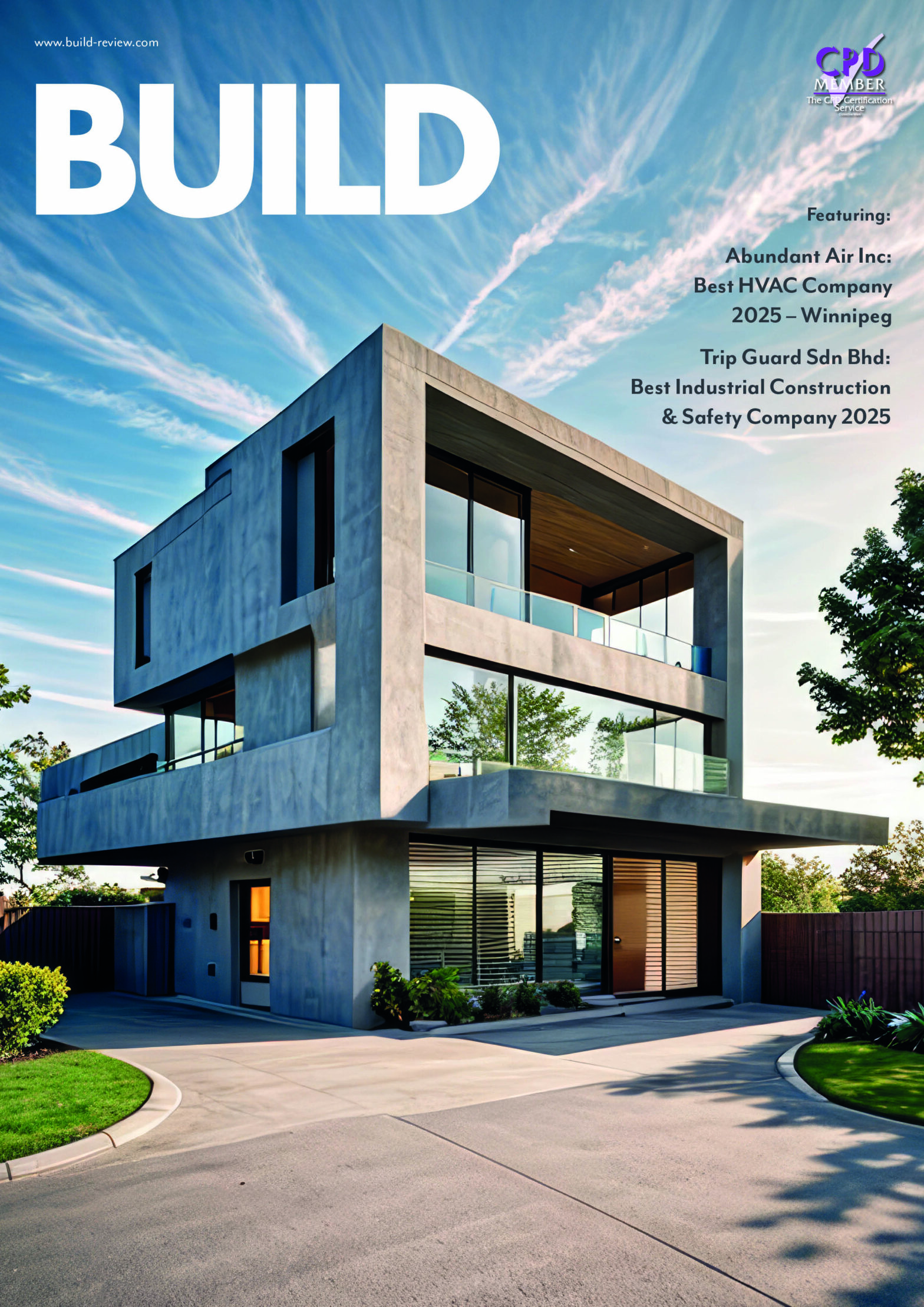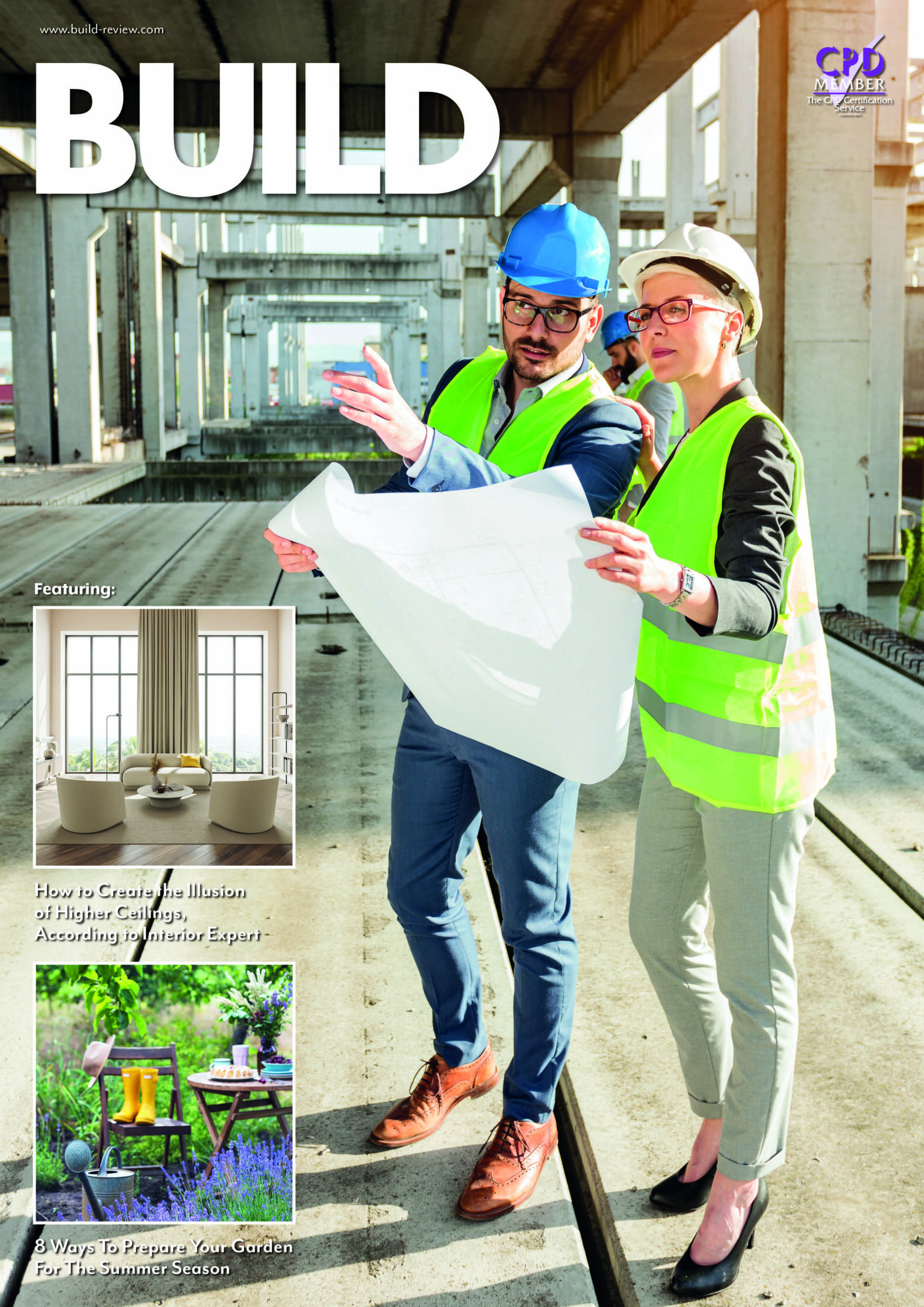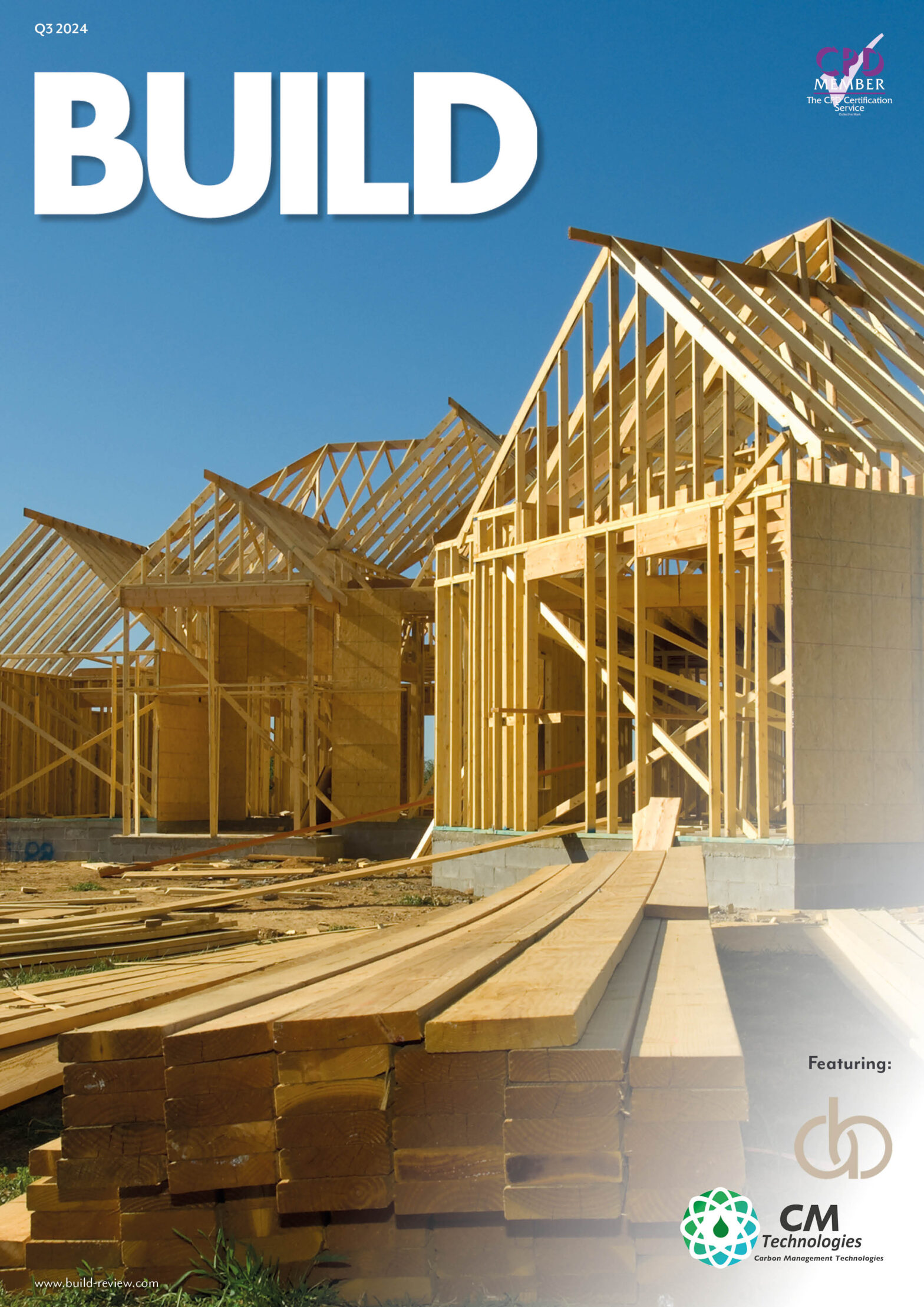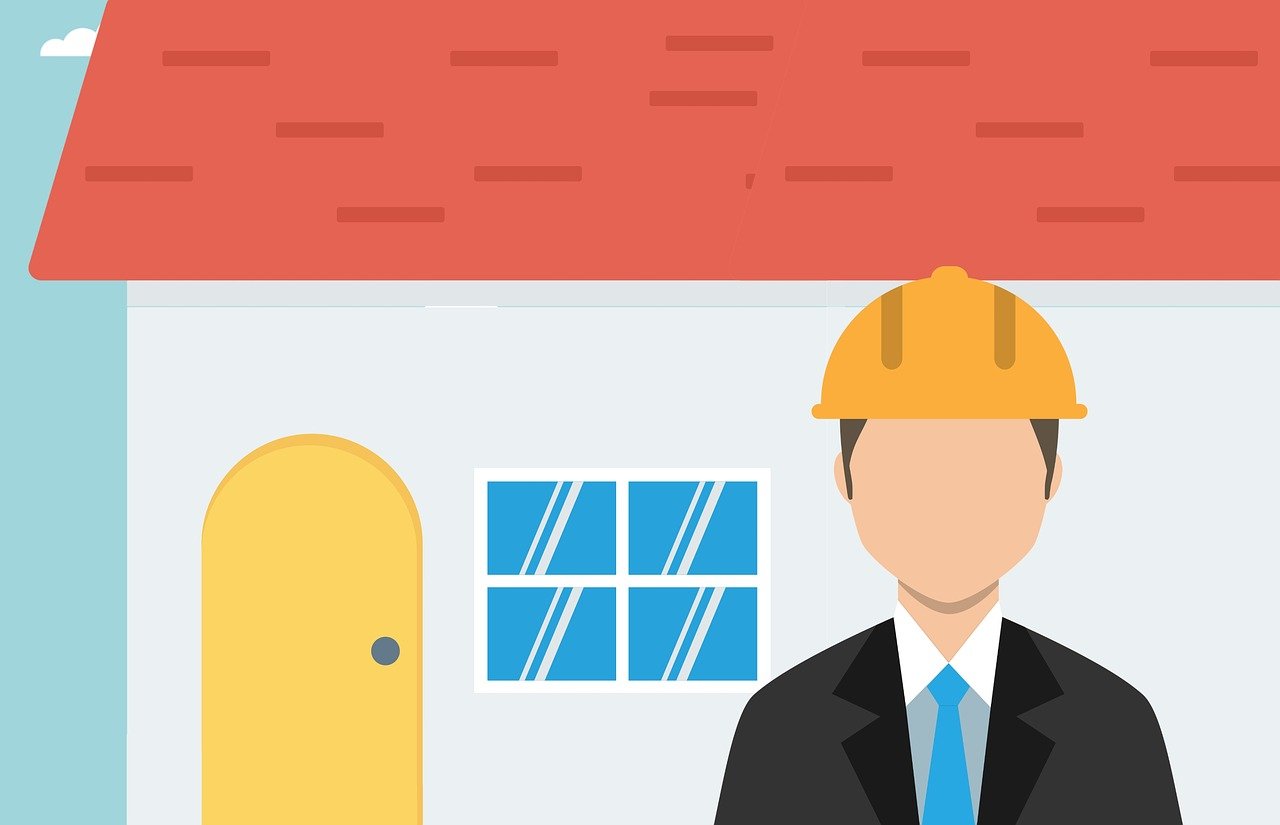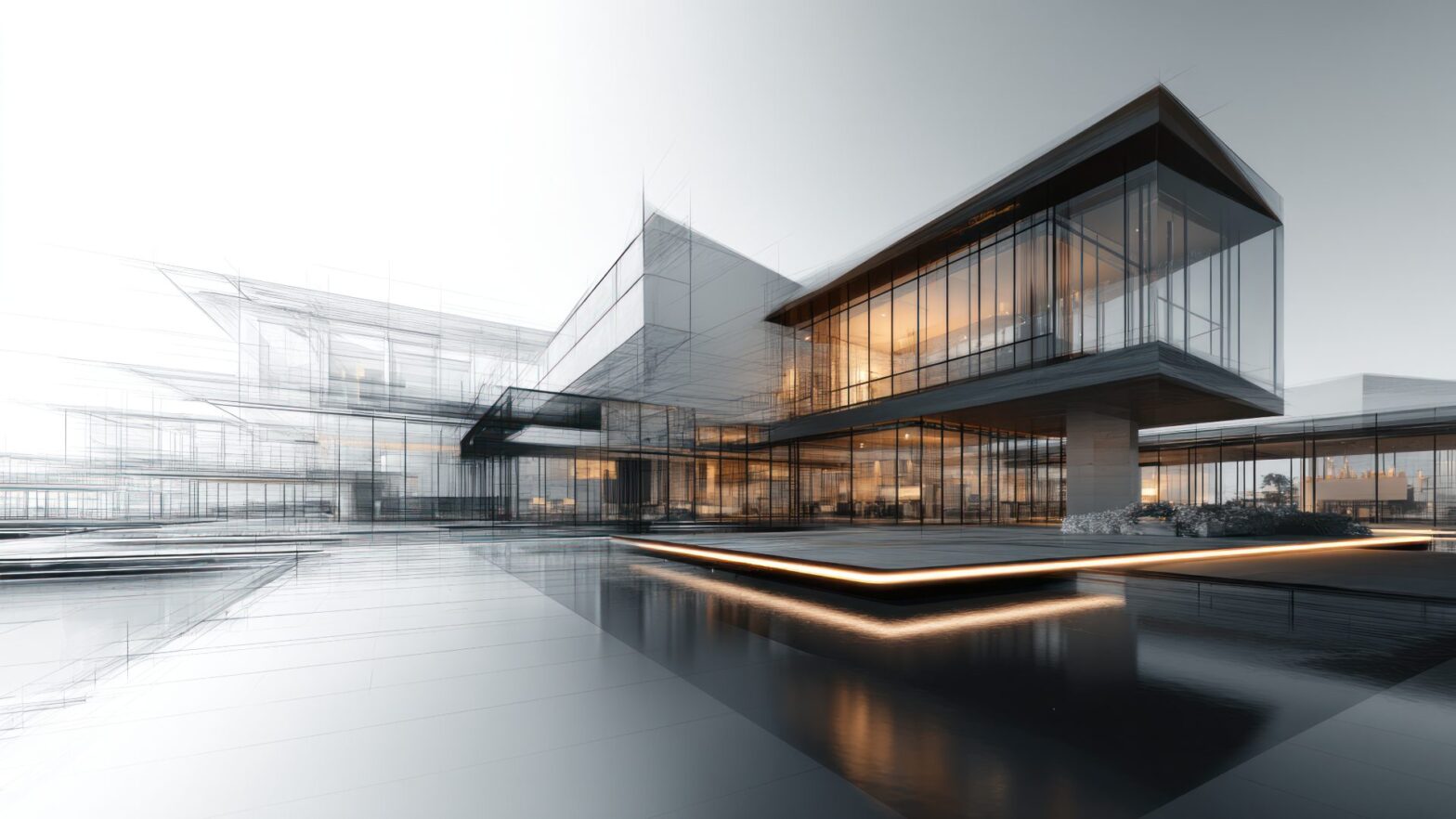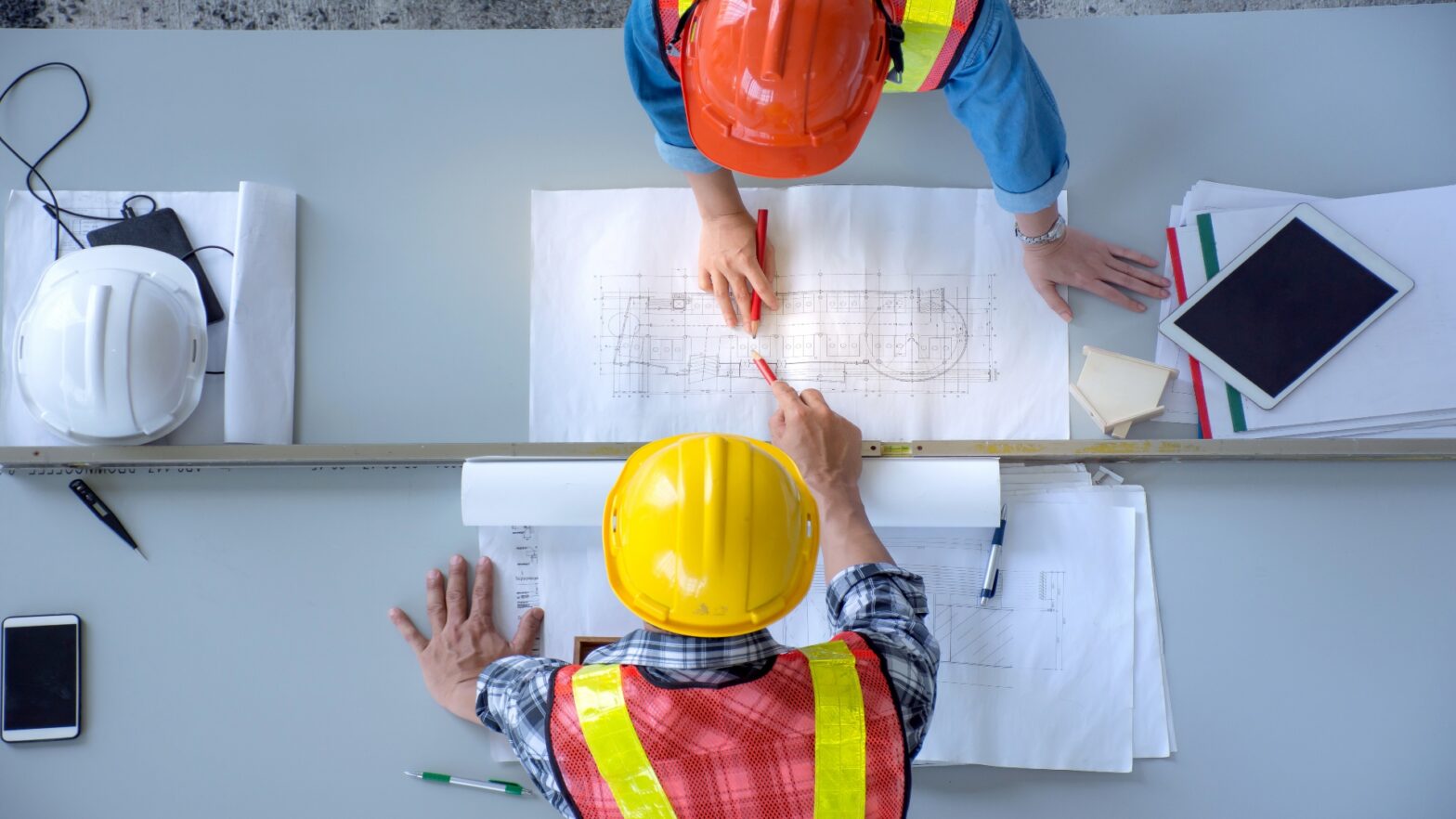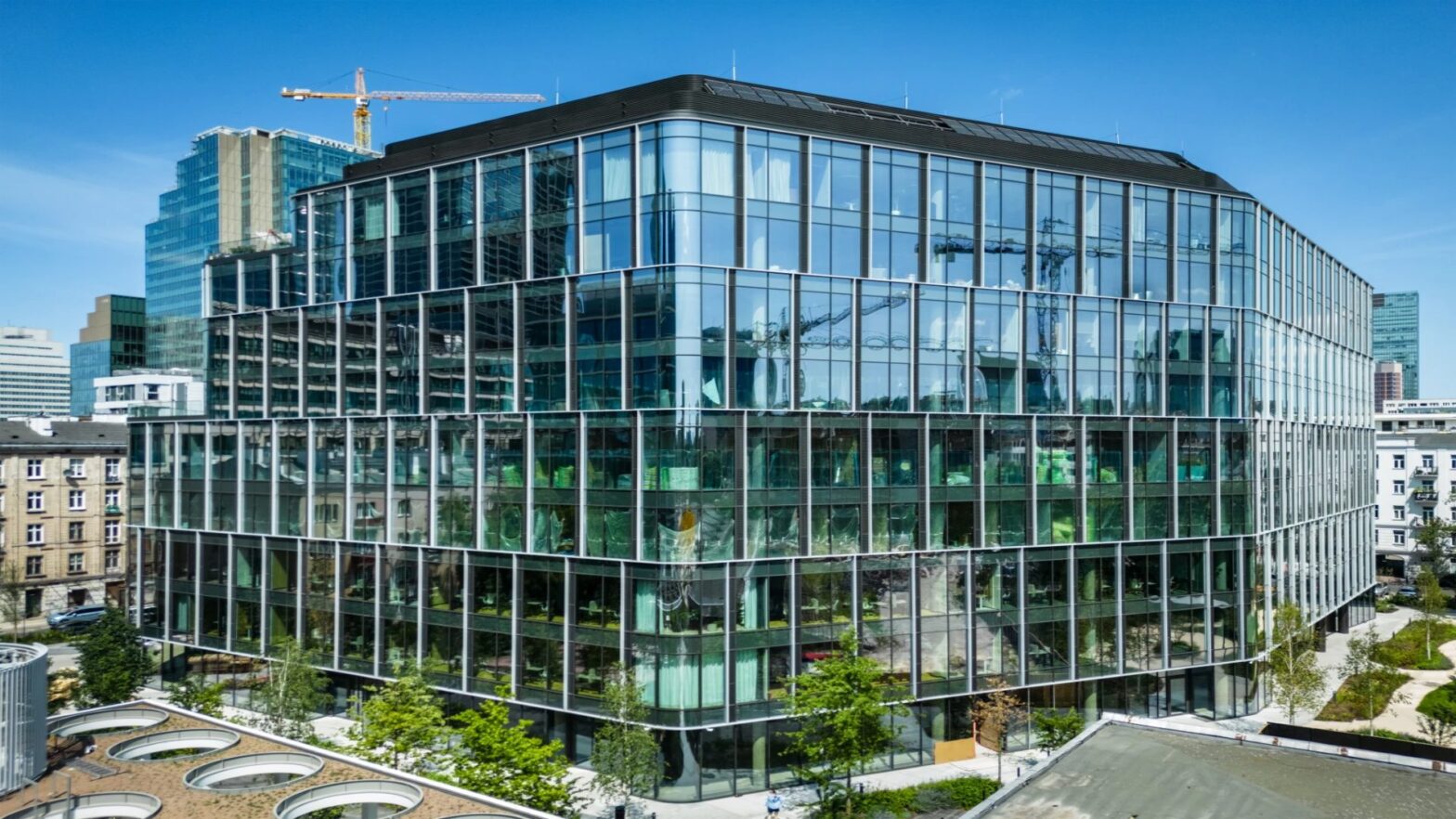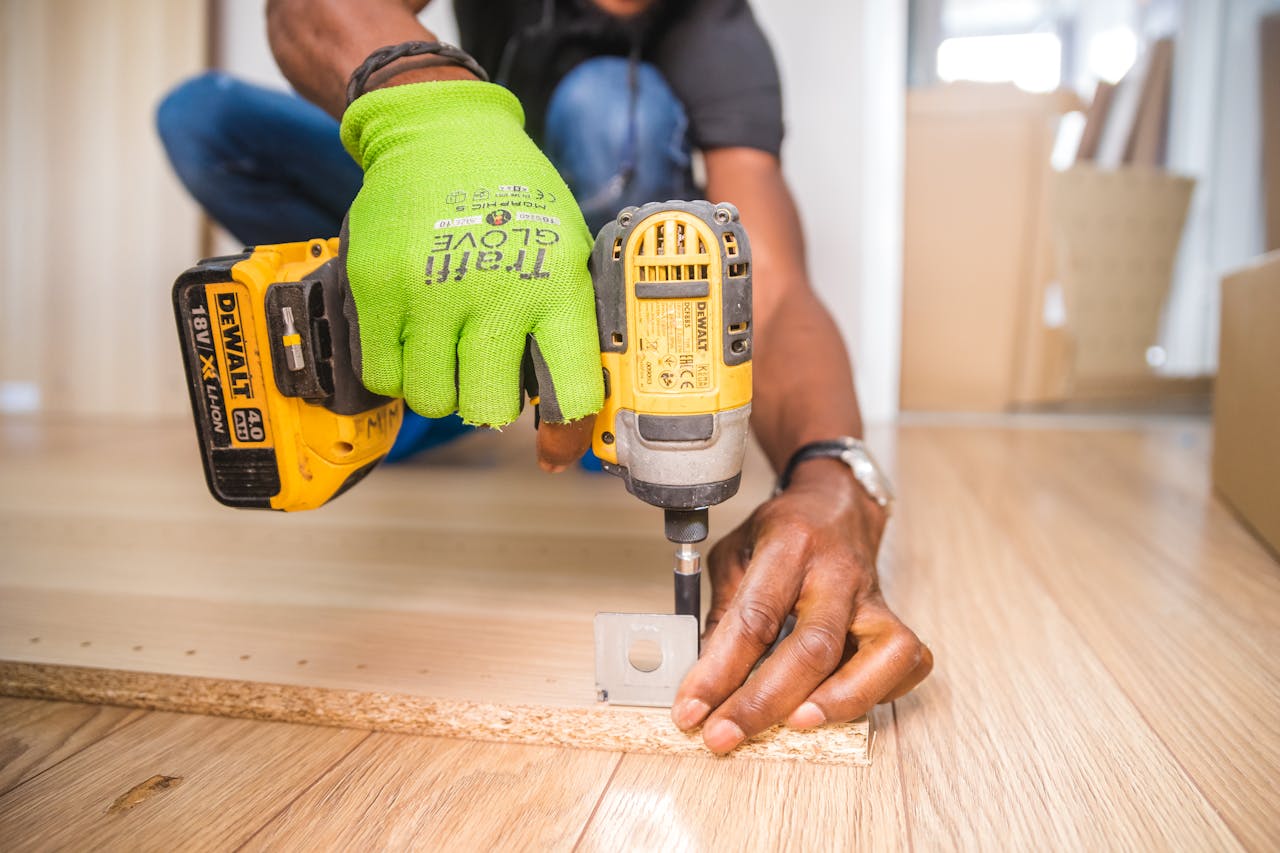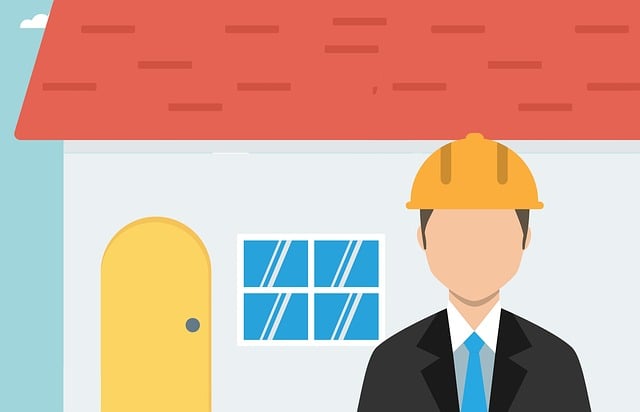
Image source: Pixabay
Starting a construction project is often filled with anticipation, yet the high costs associated with such ventures can be daunting. However, with astute financial management, controlling these expenses doesn’t have to be a strenuous task.
By taking strategic steps and making well-informed choices, you can strike the perfect balance between quality and affordability. Let’s delve into this fascinating topic of significantly lowering the cost of your construction projects while maintaining top-tier results.
Here are smart ways to do just that.
1. Master Budgeting to Tighten the Purse Strings
The financial aspect constitutes the backbone of any construction project. Having a well-detailed budget can save you from unnecessary expenses and subsequent financial headaches. Here are a few pointers to note:
- Begin by creating a comprehensive budget outline, breaking down costs for each phase, from design to completion.
- Allocate contingency funds in your budget, typically around 10% of the total project cost. This helps cater to unexpected expenditures without destabilizing your finances.
- Regularly review and adjust your budget as necessary during the construction process, accommodating dynamic market costs and other unforeseen changes.
Adopting these strategies will assist in optimizing your spending while ensuring the success of your construction project.
2. Install Wire Decking in Construction Projects
Wire decking has emerged as a ground-breaking solution that’s reshaping construction projects, giving you the valuable opportunity to lower your costs. This steel reinforcement system offers numerous advantages that both boost the quality of your structure and help your bottom line.
Firstly, installing wire decking is a breeze, saving significantly on labour costs. Due to its readily accessible and pre-fabricated nature, you won’t need to tie any reinforcing bars which can be quite labour-intensive.
Secondly, wire decking promotes enhanced structural integrity. Its robust architectural design improves load distribution across the floor slab. This uniform spread minimizes cracks and damage over time, thus prolonging the lifespan of the structure while reducing long-term maintenance expenses.
3. Plan Intricately for Lower Construction Costs
Smart planning before breaking ground not only guarantees the smooth progression of your project but also plays a considerable role in cost reduction. So, what’s the strategy?
- Starting with early engagement of professionals: Having architects and engineers onboard from the beginning can help circumvent costly missteps, and aid in making decisions rooted in expertise.
- Prioritize based on needs, not wants: Identify what is essential for your building’s functionality and longevity, then allocate funds accordingly.
- Provide clear project specifications: This helps to reduce misunderstandings, minimize re-work frequency, and avoid additional costs.
- Thoughtfully schedule resources: By planning when to use resources wisely, you can minimize wastefulness.
Adherence to these principles ensures that each step of your construction process is economical without significantly impacting quality or overall project success.
4. Save Money with Green Building Practices
Adopting green building practices not only benefits the environment but also becomes a boon for your budget in the long run. Sustainable building materials, such as insulated concrete forms or high-grade insulation, minimize energy consumption.
This leads to substantial savings on utility bills throughout the lifespan of your building. Environmentally friendly design features like large windows and skylights can also reduce dependence on artificial lighting, thereby saving electricity.
Water conservation systems like rainwater harvesting or greywater recycling help to cut down water utility costs tremendously. Similarly, installing solar panels can generate renewable energy to further decrease electricity bills while being an eco-conscious choice.
Incorporating these practices into your construction project undoubtedly leverages financial sense backed by environmental responsibility.
5. Reduce Labour Costs through Wise Hiring
Labour costs typically take up a large chunk of any construction budget. Thus, the selection and management of your workforce should be a careful process with cost savings in mind.
- Choose experienced workers: Although they might have higher hourly rates, their efficiency and expertise can reduce the time spent on tasks, leading to overall project savings.
- Provide adequate training: This helps to increase productivity and minimize mistakes that could lead to costly rework.
- Consider using subcontractors for specialized tasks: They usually provide their own tools and equipment, which can save you these additional costs.
- Utilize labour-management software: Such programs allow you to track work hours accurately, avoid overstaffing or understaffing issues, and better manage overtime.
By effectively managing your workforce and deploying these smart hiring practices, you can meaningfully impact labour costs while still ensuring high-quality construction outcomes.
6. Ensure Smooth Running with High-Quality Material Handling Equipment
Any completed construction project has to be functional and efficient. A significant aspect that contributes towards this goal for commercial buildings, warehouses, or factories involves good-quality material handling systems.
Let’s talk about Pallet Rack Systems, for instance, an excellent material handling option. Not only do these systems save on space in your warehouse, but they also optimize organization which increases efficiency in operations and leads to lower running costs over time.
You can even opt for used material handling solutions, access these benefits, and still minimize upfront costs without compromising the quality or functionality of your storage system. Clever planning like this is key to managing your construction project finances effectively.
By wisely incorporating budget-friendly yet high-performing material handling equipment into your project, you can add value while keeping costs reasonable. Remember, smart choices made during the construction phase will pay off over the lifespan of the building.
7. Harness Digital Tools
In today’s digital age, leveraging technology effectively can result in substantial cost savings for your construction project. Consider utilizing project management software to streamline the coordination of tasks, deadlines, and resource allocation. It aids in organizing and monitoring progress with incredible accuracy, thus preventing unnecessary expenditure due to delay or miscommunication.
Moreover, embracing Building Information Modelling (BIM) can be beneficial. BIM’s 3D modelling allows you to visualize your completed project even before commencing any physical work. This aids in identifying potential design problems that could escalate into pricey fixes later on.
Further, implementing smart equipment like drones can optimize site surveys and inspections without the need for heavy machinery or extensive man-hours. By capitalizing on these technological advancements, substantial cost reductions can be achieved while simultaneously enhancing efficiency and productivity.
Bringing it All Together – Building Smarter, Not Harder
That wraps up our guide on lowering the cost of construction projects. By employing strategic budgeting, detailed planning, green practices, smart hiring, modern technology tools, and integrating game-changers like wire decking into your construction project, you can significantly drive down costs.
Remember, every decision counts when it comes to crafting a successful build that is both high-quality and economically viable. Happy building!

